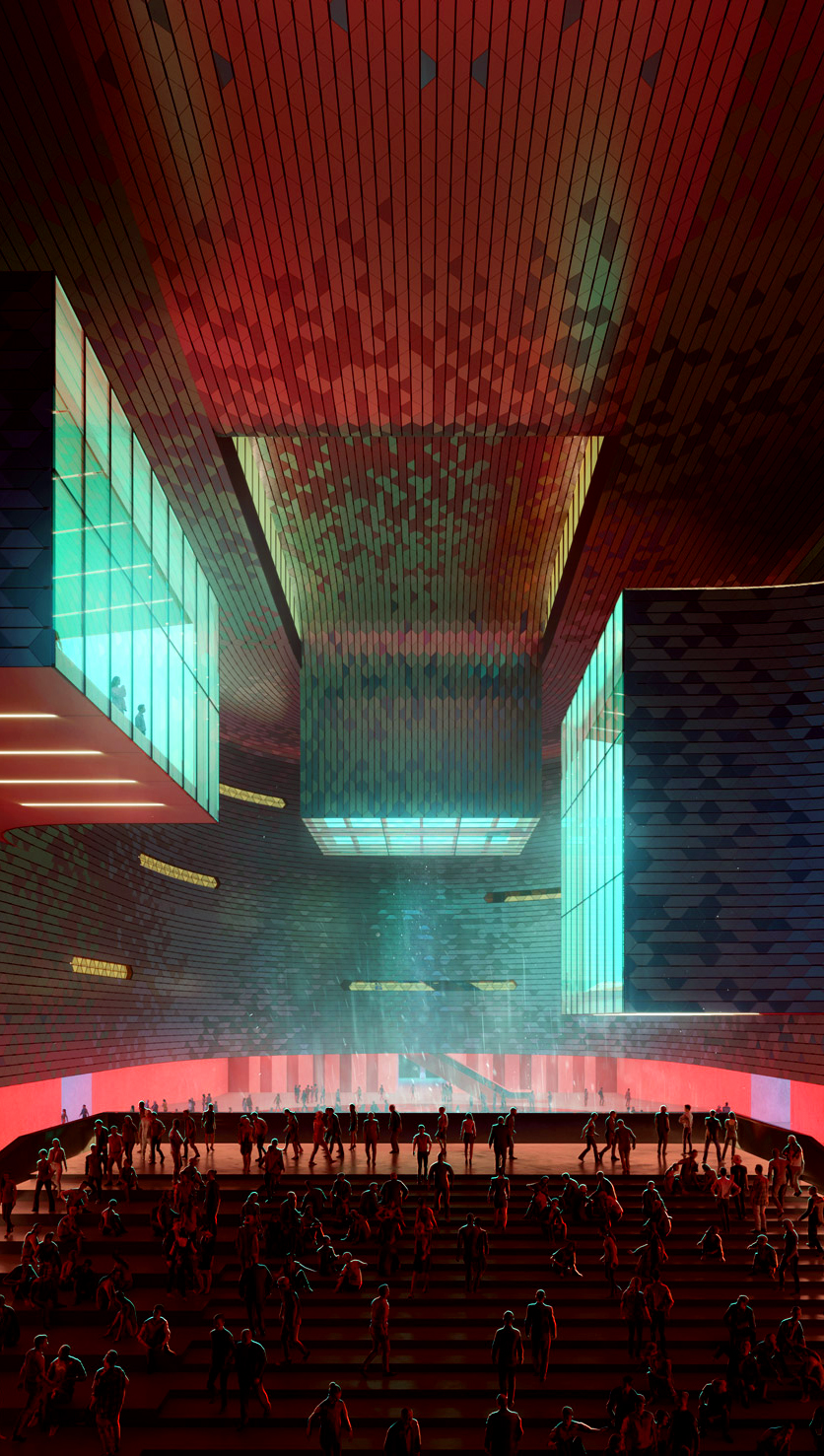
fabrica
recognition
RECOGNITION
Recognition, winner of IK Prize 2016 for digital innovation, is an artificial intelligence program that compares up-to-the-minute photojournalism with British art from the Tate collection. Over three months from 2 September to 27 November, Recognition will create an ever-expanding virtual gallery: a time capsule of the world represented in diverse types of images, past and present.A display at Tate Britain accompanies the online project offering visitors the chance to interrupt the machine’s selection process. The results of this experiment – to see if an artificial intelligence can learn from the many personal responses humans have when looking at images – will be presented on this site at the end of the project.Recognition is a project by Fabrica for Tate; in partnership with Microsoft, content provider Reuters, artificial intelligence algorithm by Jolibrain.




